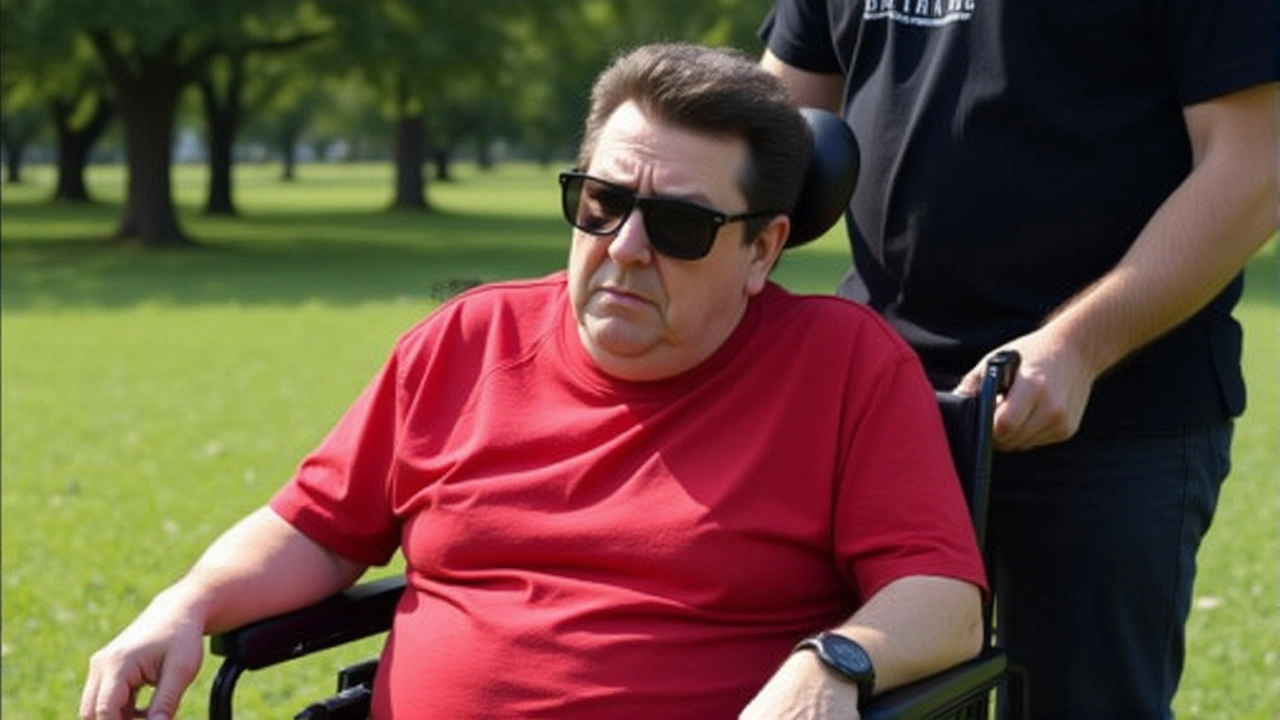Academy Museum
When you walk into Academy Museum, a venue that preserves and displays the legacy of motorsport, from classic cars to driver memorabilia. Also known as Motorsport Academy Museum, it serves as a bridge between the sport’s past and the next generation of racers. The museum isn’t just a dust‑covered hall; it’s a living classroom where fans can touch a steering wheel that once powered a Formula 2000 car, see the shoes drivers wear for pedal feel, and hear the stories behind costly racing careers in India. By blending artifacts with interactive lessons, the Academy Museum makes the high‑octane world of racing feel reachable for anyone with a curious mind.
What you’ll find inside
One of the core pillars of the Academy Museum is Motorsport Heritage, the collection of historic race cars, trophies, and personal items that tell the story of how motorsport evolved. This heritage fuels Racing Education, programs that teach everything from budgeting a racing career to mastering the physics of lean angles on a motorcycle. For example, our exhibit on entry‑level formula series shows how an “average Joe” can step into a Formula 2000 chassis without needing a millionaire’s bankroll, mirroring the advice in our post about affordable racing pathways. Another display breaks down why race car drivers favor soft‑soled shoes – the tactile feedback improves pedal control, directly linking equipment choices to lap times. By pairing heritage pieces with practical lessons, the museum turns abstract facts into hands‑on knowledge.
Beyond the core themes, the Academy Museum places a spotlight on Automotive Exhibits, curated showcases that combine technical detail with storytelling to highlight key moments in motorsport culture. Visitors can explore a timeline that starts with early flood‑affected circuits in Asia, moves through high‑profile legal battles that reshaped safety standards, and ends with modern debates about the sport’s environmental impact. Each exhibit connects back to the posts in our collection – from the financial realities of starting a racing career in India to the cultural reasons why Formula One has struggled to catch on in the United States. The museum’s curation team works closely with educators and former drivers to ensure every display answers a question: “How does this piece of history affect today’s racing world?” As you wander the galleries, you’ll see how these links form a web of knowledge that prepares you for everything from choosing the right footwear to understanding why IndyCar got its name. Stay tuned, because the articles below dive deeper into each of these topics, giving you actionable insights and fresh perspectives on the sport you love.

Tim Curry Says He Still Can’t Walk at Rocky Horror 50‑Year Celebration
Tim Curry, 79, revealed at the Rocky Horror 50th anniversary in Los Angeles that he still can't walk, shared his stroke story, and previewed his memoir Vagabond.


